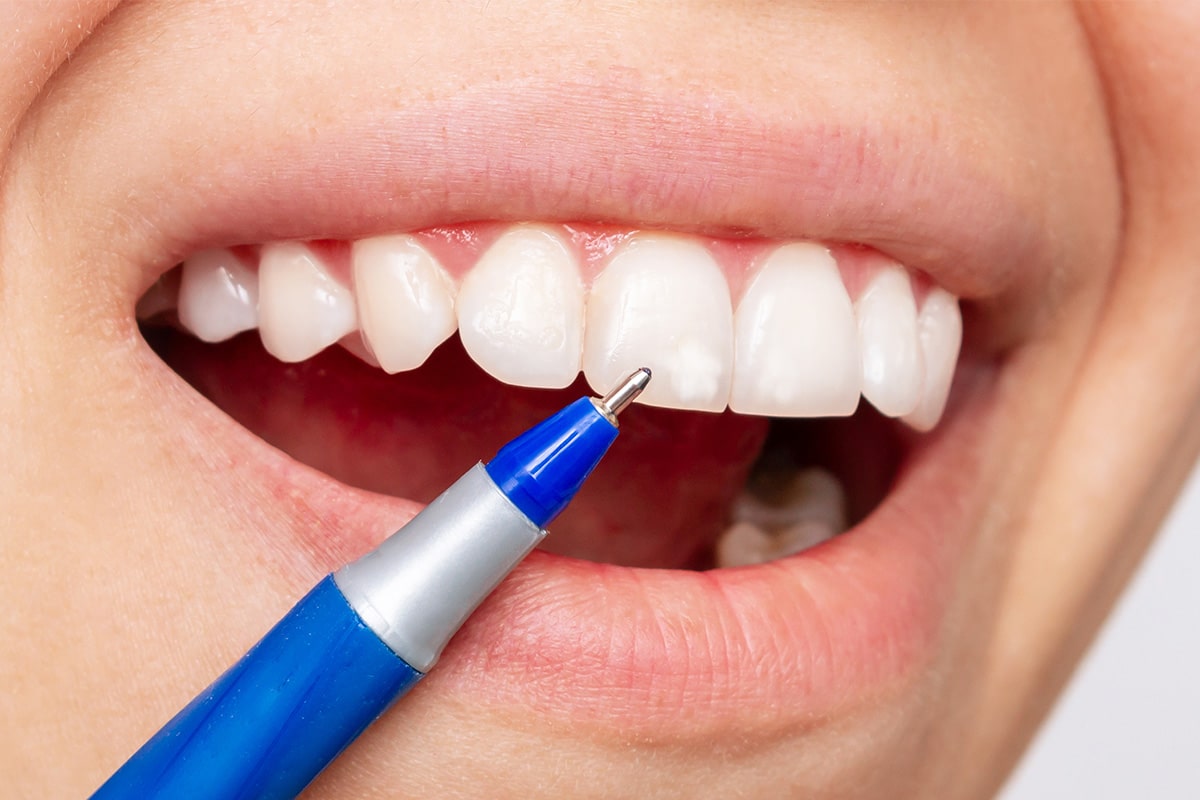
Dermatomyositis is a rare inflammatory disease marked by muscle weakness and a distinctive skin rash. Affecting both adults and children, this condition can be challenging to diagnose due to its varied symptoms. Muscle inflammation leads to difficulty in performing everyday tasks, while the skin rash often appears on the face, knuckles, and other areas exposed to sunlight. Understanding the causes, symptoms, and treatments of dermatomyositis is crucial for managing this condition effectively. From genetic factors to environmental triggers, many aspects contribute to its development. This article will provide 50 essential facts about dermatomyositis, offering insights into its complexities and helping those affected navigate their journey with more confidence.
Key Takeaways:
- Dermatomyositis is a rare disease that affects muscles and skin, causing weakness and a distinctive rash. It can occur at any age and requires early recognition for proper treatment.
- Treatment options for dermatomyositis include corticosteroids, immunosuppressive drugs, and physical therapy to manage symptoms and improve quality of life. Support and resources are available for patients and their families.
What is Dermatomyositis?
Dermatomyositis is a rare inflammatory disease marked by muscle weakness and a distinctive skin rash. It can affect both adults and children, leading to various symptoms and complications. Here are some intriguing facts about this condition.
- Dermatomyositis is an autoimmune disease where the body's immune system attacks its own tissues.
- The disease primarily affects muscles and skin but can also involve other organs.
- It is more common in women than men.
- Dermatomyositis can occur at any age but is most frequently diagnosed in adults aged 40-60 and children aged 5-15.
- The exact cause of dermatomyositis remains unknown.
Symptoms of Dermatomyositis
Recognizing the symptoms of dermatomyositis is crucial for early diagnosis and treatment. Here are some key symptoms to watch for.
- Muscle weakness, especially in the hips, thighs, shoulders, upper arms, and neck.
- A distinctive reddish-purple rash, often on the face, eyelids, knuckles, elbows, knees, chest, and back.
- Difficulty swallowing, known as dysphagia.
- Fatigue and general malaise.
- Shortness of breath due to lung involvement.
Diagnosis of Dermatomyositis
Diagnosing dermatomyositis involves several tests and evaluations. Here are some methods used by healthcare professionals.
- Blood tests to detect elevated muscle enzymes.
- Electromyography (EMG) to measure electrical activity in muscles.
- Muscle biopsy to examine muscle tissue under a microscope.
- MRI scans to detect inflammation in muscles.
- Skin biopsy to analyze the rash.
Treatment Options for Dermatomyositis
While there is no cure for dermatomyositis, various treatments can help manage symptoms and improve quality of life. Here are some common treatment options.
- Corticosteroids to reduce inflammation.
- Immunosuppressive drugs to control the immune system.
- Physical therapy to improve muscle strength and flexibility.
- Antimalarial medications to treat skin rashes.
- Intravenous immunoglobulin (IVIG) therapy to boost the immune system.
Complications of Dermatomyositis
Dermatomyositis can lead to several complications if not properly managed. Here are some potential issues that may arise.
- Calcinosis, where calcium deposits form in muscles, skin, and connective tissues.
- Interstitial lung disease, causing scarring and inflammation of lung tissue.
- Increased risk of infections due to immunosuppressive treatments.
- Higher likelihood of developing certain cancers.
- Joint pain and arthritis.
Living with Dermatomyositis
Managing daily life with dermatomyositis requires adjustments and support. Here are some tips for living with this condition.
- Regular exercise tailored to individual capabilities.
- Balanced diet rich in anti-inflammatory foods.
- Sun protection to prevent skin flare-ups.
- Stress management techniques like meditation and yoga.
- Support groups for emotional and social support.
Research and Advances in Dermatomyositis
Ongoing research aims to better understand and treat dermatomyositis. Here are some recent advances and areas of study.
- Genetic studies to identify risk factors.
- Development of new immunosuppressive drugs.
- Research on biomarkers for early diagnosis.
- Studies on the role of environmental triggers.
- Clinical trials for novel therapies.
Dermatomyositis in Children
Juvenile dermatomyositis (JDM) is a form of the disease that affects children. Here are some specific facts about JDM.
- JDM accounts for about 85% of all childhood inflammatory myopathies.
- Children with JDM often experience more severe skin symptoms than adults.
- Growth delays and calcinosis are common in children with JDM.
- Early treatment is crucial to prevent long-term complications.
- Physical and occupational therapy play a significant role in managing JDM.
Support and Resources for Dermatomyositis Patients
Finding support and resources can make a big difference for those living with dermatomyositis. Here are some helpful options.
- The Myositis Association provides information and support.
- Online forums and social media groups offer community and advice.
- Patient advocacy organizations work to raise awareness and funding.
- Educational materials from healthcare providers can aid understanding.
- Local support groups can provide in-person connections.
Myths and Misconceptions about Dermatomyositis
There are many myths and misconceptions about dermatomyositis. Here are some common ones debunked.
- Myth: Dermatomyositis only affects the elderly. Fact: It can occur at any age.
- Myth: The condition is contagious. Fact: It is an autoimmune disease, not infectious.
- Myth: All patients will develop cancer. Fact: While there is an increased risk, not everyone will.
- Myth: Exercise worsens the condition. Fact: Appropriate exercise can help manage symptoms.
- Myth: There is no hope for improvement. Fact: Many patients see significant improvement with treatment.
Final Thoughts on Dermatomyositis
Dermatomyositis, a rare inflammatory disease, affects both skin and muscles. Understanding its symptoms, like muscle weakness and distinctive skin rashes, can lead to early diagnosis and better management. Treatments often include corticosteroids, immunosuppressants, and physical therapy. While there's no cure, these options can significantly improve quality of life.
Awareness of potential complications, such as lung disease and increased cancer risk, is crucial. Regular check-ups and a proactive approach to health can help mitigate these risks. Support from healthcare providers, family, and patient communities also plays a vital role in managing the condition.
Staying informed about the latest research and treatment options can empower patients and caregivers. Knowledge truly is power when dealing with dermatomyositis. By staying vigilant and proactive, those affected can lead fulfilling lives despite the challenges posed by this condition.
Frequently Asked Questions
Was this page helpful?
Our commitment to delivering trustworthy and engaging content is at the heart of what we do. Each fact on our site is contributed by real users like you, bringing a wealth of diverse insights and information. To ensure the highest standards of accuracy and reliability, our dedicated editors meticulously review each submission. This process guarantees that the facts we share are not only fascinating but also credible. Trust in our commitment to quality and authenticity as you explore and learn with us.


